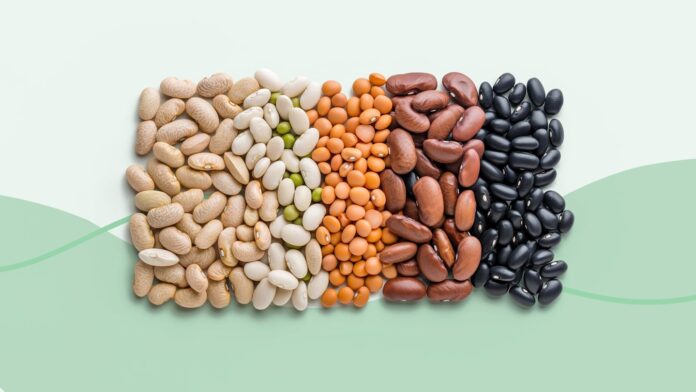The place a meals falls on the glycemic index (GI) signifies how a lot it raises blood sugar ranges, info that is notably essential for folks with diabetes. Whereas beans are carbohydrates, most varieties have a low GI, making them a wise alternative for folks managing diabetes, in addition to these trying to keep a wholesome weight and secure power ranges. Beans are additionally full of fiber, protein, and important vitamins, and so they’re a straightforward meals to include in balanced and nutrient-dense meals.
The GI of Beans: In style Varieties and How They Rank The glycemic index ranks meals on a scale of 0 to 100 , with 100 representing pure sugar. Subsequently, meals with a low GI increase blood sugar extra slowly than meals with a excessive GI. Usually, extra processed, high-carbohydrate meals have a better GI whereas meals containing extra fiber and fats have a decrease GI. If a meals has a low GI — lower than 55 — it should have an effect on your blood sugar lower than a medium or excessive GI meals will. The GI rating of beans ranges from 10 to 40 for a ½-cup serving. The GI of fashionable bean varieties are as follows: Black beans : 30 Chickpeas : 35 Pinto beans : 39 Purple kidney beans : 36 Soybeans : 20
Glycemic Index Limitations Sadly, the GI is not a foolproof measurement of how meals impression blood sugar. As an example, meals that comprise fats are inclined to fall decrease on the index than high-carbohydrate meals, which means {that a} sweet bar could seem more healthy than oatmeal primarily based on GI rating alone. Different components have an effect on the GI of a meals, too, akin to cooking occasions, storage strategies, the diploma to which a meals is processed, and the ripeness of meals like vegatables and fruits. A single meals’s impact on blood sugar can be impacted by different meals consumed in the identical meal.


